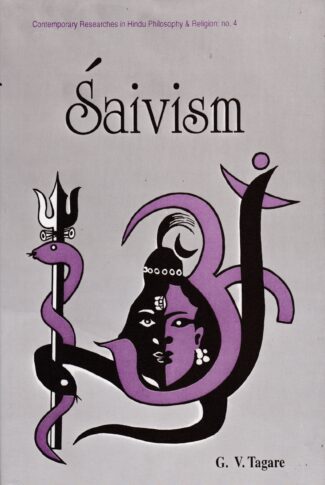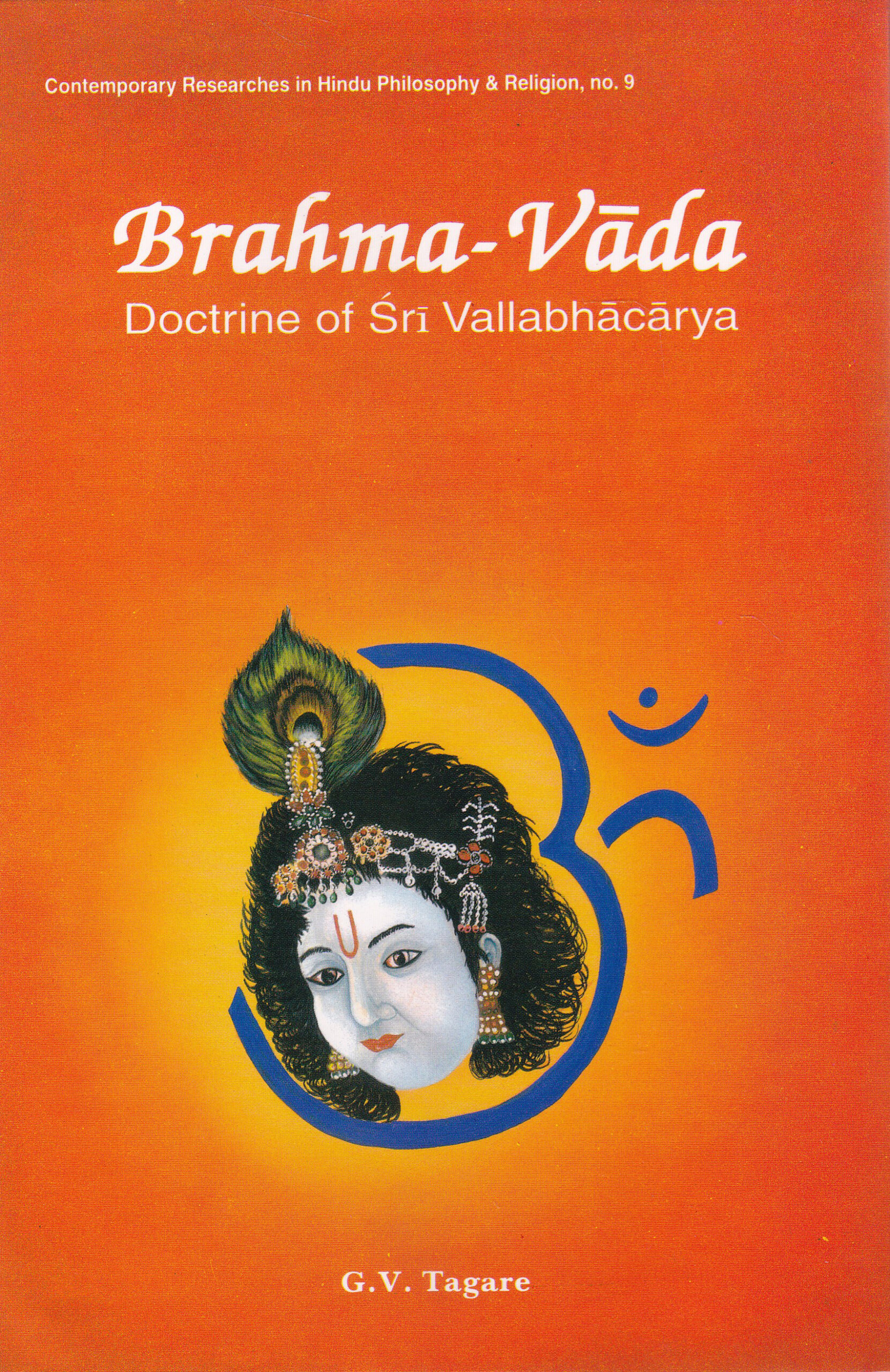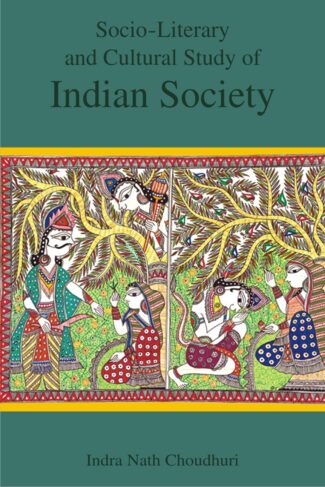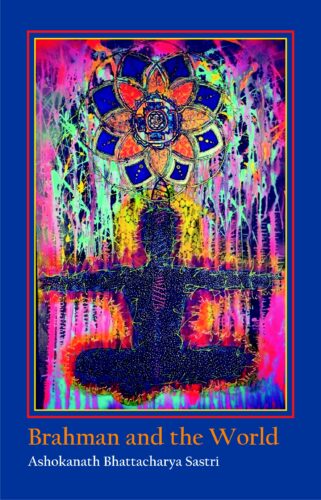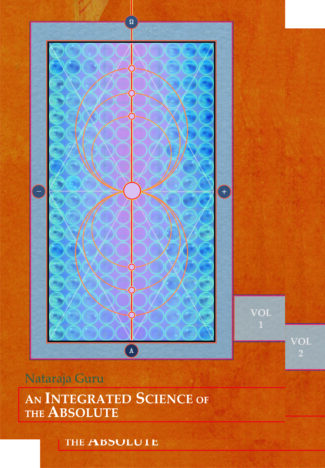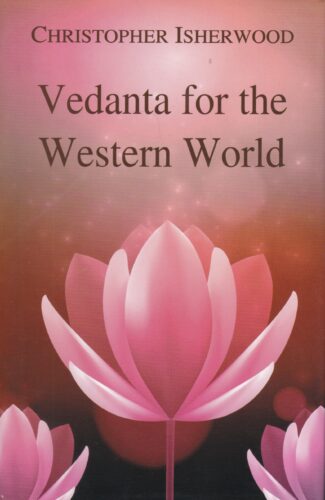

Saivism...
Saivism
Some Glimpses by: G.V. TagareDr. Tagares book unfolds the essence of Saivism and its principal philosophical expressions. Spelling out Saivisms fundamental concepts, it offers a discussion of the major agama-based Saiva Schools besides the Vedic Pasupatism.
$20.00
ISBN: 9788124600764
Year Of Publication: 2001
Edition: 1st
Pages : xii, 161
Bibliographic Details : Glossary; Bibliography; Index
Language : English
Binding : Hardcover
Publisher: D.K. Printworld Pvt. Ltd.
Size: 23 cm.
Weight: 450
Along with Brahma and Vishnu, Shiva makes the Hindu trinity: the trimurti. The name, Shiva signifies auspiciousness. But he is Rudra: the fierce, as well. Often looked upon as the principle of cosmic destruction, he also creates and reproduces. In abstract terms, Shiva is the first cause, the source of consciousness, the very substratum of the universe. Shaivism: the worship of Shiva, is not just a dominant religious tradition. It is also a philosophy which, over the centuries, has evolved metaphysical doctrines on different issues of universal concern, specially the nature of Reality: Shiva (pati), and of its interrelatedness with the Individual Soul (jivatman/pashu) and the world at large. Dr. Tagares book is a brilliant effort to quintessentially unfold Shaivism and its principal philosophical expressions. Spelling out a range of fundamental concepts like, for instance, pati (Shiva), pashu (individual soul), and moksha (liberation), the author offers a stimulating, highly systematic discussion of the major, agama-based Shaiva Schools, namely, Kashmir Shaivism, Siddhanta Shaivism, Shivadvaita (or Shaiva Vishishtadvaita of Shrikantha), and Vira-Shaivism (or Shakti-Vishishtadvaita); besides the Vedic Pashupatism with emphasis on how one school of Shaiva thought differs from the other. Finally describing some of its syncretic forms, Dr. Tagare demonstrates how Shaivism, through a balanced synthesis of yoga, karma and bhakti, inheres a strong relevance to the tension-riven world of our times. Together with a glossary of Sanskrit terms and many bibliographic references, the book holds out a lasting appeal to the scholars of Indology, traditional Indian philosophy, and religion.
Preface
Abbreviations
Introduction
What is Shaivism
Cultural Contribution of Shaivism
1. Some Fundamental Concepts
Pati in Pashupatism
Pati in KSH
The Dualists View
Pashu (Individual Soul)
Pasha or Mala
Karma Mala — SSH Mala — Mayiya Mala
Moksha
Tattvas (Principles, Categories)
The Sankhya Theory Anticipated
Sankhya Analysis — Tattvas in Shaivism
Linga Worship
Agni: Rudra — Mukha Lingas — Lingas with Faces — Lingas with Four Faces — Vigraha Lingas — Sthanu Lingas — Linga: The Para Brahman
Appendix I
Categories of Principles (Tattvas) and their Evolution as per Sankhyas (Purusha being Aloof is not Included)
Appendix II
Tattvas Analysed (As Per Kashmir Shaivism)
Appendix III
Classification of Tattvas According to Siddhanta Shaivas (Dualists)
2. Pashupatism (Dvaitadvaitism)
What is Pashupatism
Lakulisha — His Time — Spread of Pashupatism
The Founder Lakulisha: Historicity and Time — Spread of Pashupatism — The Basic Text — Pashupata Sutras (Pash. S)
Main Tenets of Pashupatism
Philosophical Tenets of Pashupatism Compared with Other Systems
Moksha — Karya (Effect) — Causal Relation — Kaivalya (Moksha) — Difference From Purva Mimamsa
Pathway to Liberation
Stages I — Stages II — Stages III — Stages IV –Stages V
3. Kashmir Shaivism
Trika Shastra
Trika-Shaiva Literature
Agama Shastra — Spanda Shastra — Pratyabhijna
Trika Philosophy
Functions of Shiva
Pashu (Individual Soul) — Pasha, Bandha or Mala — Moksha — Anugraha or Shakti-Pata — Upaya: Pathway to Moksha
Appendix
Tattvas
Svatantrya Vada
Abhasa Vada
Sadadhva
Kevaladvaita and Ishvaradvaita
4. Siddhanta Shaivism
Tirumandiram (TM)
The Tirumandiram (Summary)
The Shaivism of Tirumular
Siddhanta Shaivism in Tattva-Prakasha
Pashu (Individual Soul)
Pasha (Bondage)
Karma
Concept of Maya
Nirodha or Tirodhana
The Paths to Moksha (Liberation)
Dasa Marga (Corresponding to Dasya Bhakti of Ninefold Path of Bhakti) — Sat-Putra Marga — Sakha-Marga (Corresponding to Sakhya Bhakti of the Ninefold Division)
Presentation in Tamil Literature
Concept of Moksha
5. Shivadvaita: (Shaiva Vishishtadvaita of Shrikantha)
Shrikantha: His Magnum Opus Brahma-Mimamsa Bhashya
Shrikantha — An Independent Thinker
Shrikantha and Ramanuja
Superiority of Shiva Over Narayana — Upasana: Meditation — Importance of Pashupata Vrata
Shivadvaita — Based on Shruti
Pati: Brahma: Shiva — Pashu: Jiva: Individual Soul — Atomicity of the Jiva — Mala: Pasha: Bondage
Moksha: Liberation
Shrikantha and Siddhanta Shaivism
6. Vira-Shaivism
Dvaitadvaita
Visheshadvaita
Sheshvaradvaita
Shivadvaita
Sarv a-Shruti-Sara
Bhedabheda
Shakti-Vishishtadvaita
Vira-Shaivism Defined
The Prophet(s) of Virashaivism
Five Acaryas: Real Founders
Vira-Shaiva Philosophy
Pati: Para-Shiva: Brahma: Linga
Linga: Brahman
Classification of Lingas
Pashu: Atma: Pinda
Evolution of the Universe (Tattvas)
Moksha (Liberation)
Appendix
Guidelines to Vira-Shaivas
7. Epilogue
The Veda: The Agama
Cosmopolitanism
Influence of Brahmanism
Bhakti — The Path to Moksha
Yoga
Appendix
Some Minor Sects of Shaivism
Some Syncretic Icons
Glossary
Bibliography
Index


